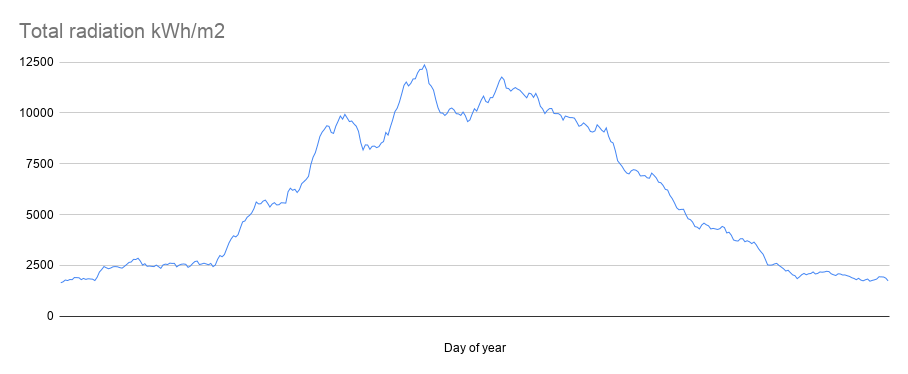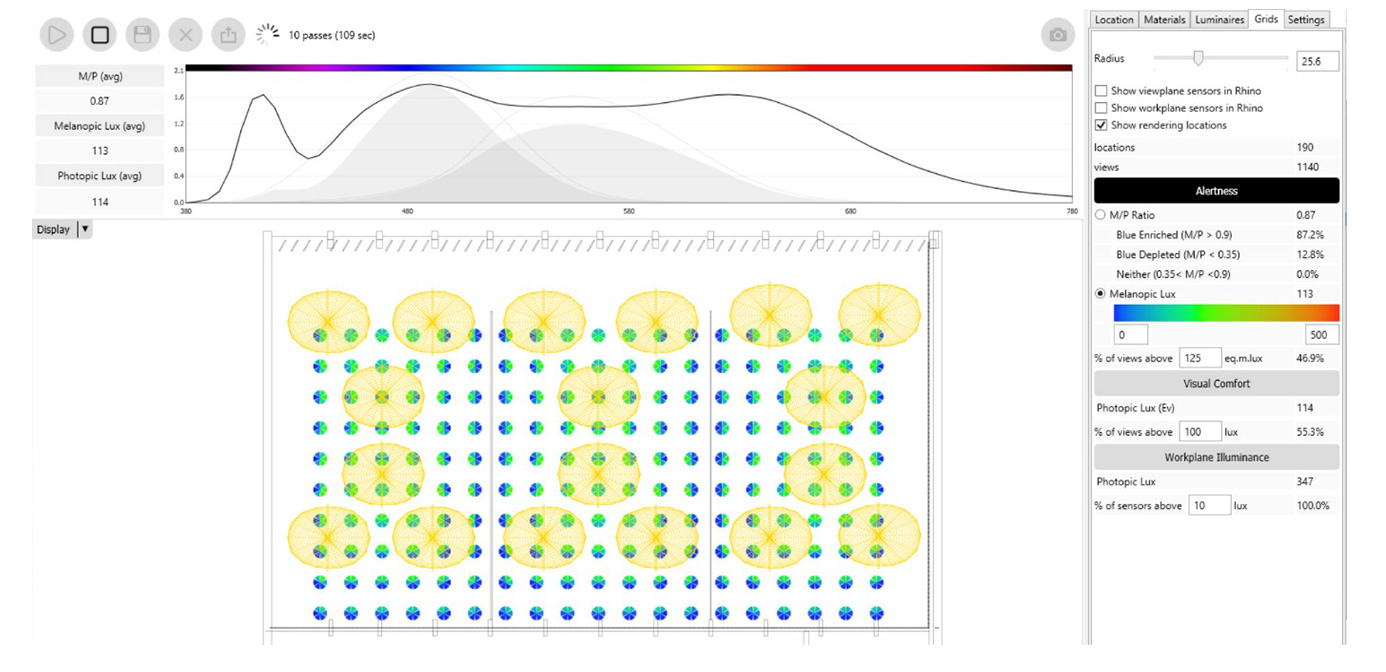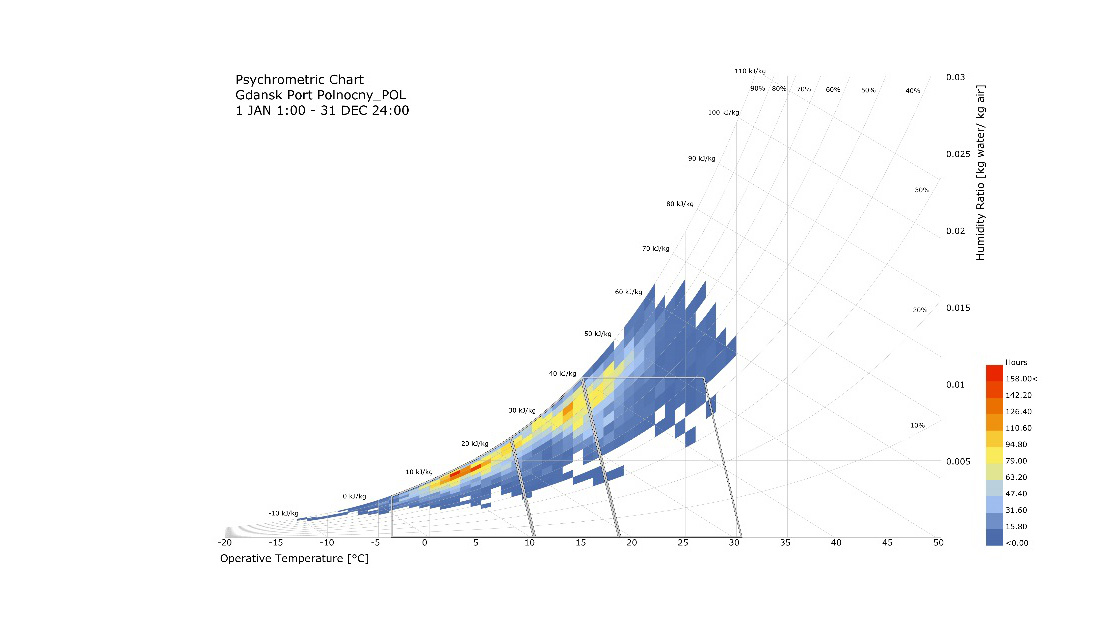Creating a concept of a healthy and ecological facility.
Our company has prepared a number of analyses facilitating the design process for Roark Studio, on the basis of which a competition design for a training and research center of the Regional Medical Chamber in Gdansk was developed. The goal of the designers was to create a concept of a healthy and ecological facility.
The idea of a healthy building is derived from a broad analysis of human perception, hormonal reactions to three-dimensional space, but also the well-being related to thermal comfort, adequate sunlight or the impact of materials and colors on the recipient

Our aims
An important element of the concept is to design a building whose environmental impact will be as neutral as possible.
The concept was created with the aim of obtaining the BREEAM certificate, which imposes a number of solutions beneficial for the environment. Additionally, it was assumed that the complex of designed structures should have the smallest possible carbon footprint. For this reason, the main building was designed as a wooden structure, for which the above-mentioned carbon footprint is significantly smaller compared to a reinforced concrete structure. Moreover, this type of structure is ideally suited for its proposed functions.
Sunlight analysis
Environmentally beneficial solutions also follow from the analyses of insolation, thermal comfort and energy efficiency, which were carried out during the development of this concept.
The first analysis we undertook was aimed at estimating the amount of energy that could be obtained from solar radiation. A suitable selection of materials will ensure passive thermal gains.



Assessment of user comfort
In order to assess the comfort of users of conference rooms we studied dazzling by daylight (glare). We obtained a result of 3%, with a maximum allowed level of 8%.

Melanopic Lux analysis
We carried out a so-called melanopic lux analysis, where the color of light and light intensity in the interior is determined, together with their effects on user’s perception, attention and quietude. According to the WELL certification guidelines, 125EML is required for educational purposes, which was met in the presented concept for 75% of the designed conference rooms.
We prepared an analysis of the thermal comfort of the users of the designed educational space. For the purposes of the simulation, temperature and humidity conditions, the manner of movement of users and the type of ventilation systems were assumed. We obtained a result of 51% of thermal comfort (51% of working hours in a year) that could be obtained with the use of passive methods. This constitutes a very high score for this particular geographical location.
We propose three main strategies:
- passive solar heating – heat gains through windows,
- thermal mass – using materials that will absorb and store energy,
- night ventilation – cooling of rooms during the night by releasing heated air, which will collect in the topmost parts of the building.






